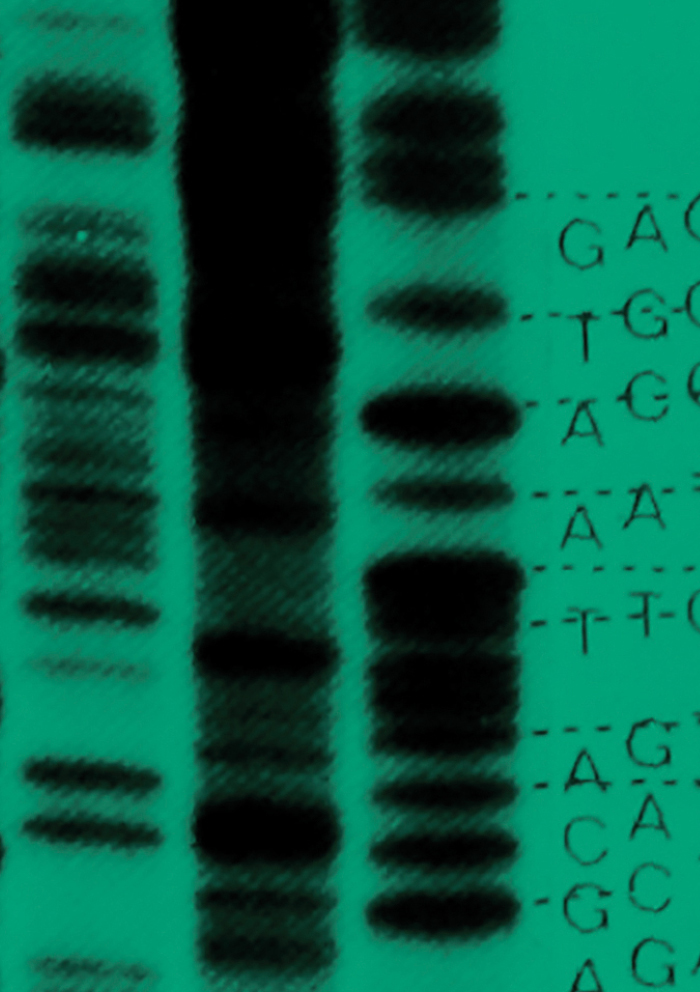 -
Volume 1,
Issue 3,
2015
-
Volume 1,
Issue 3,
2015
Volume 1, Issue 3, 2015
- Research Paper
-
- Microbial evolution and epidemiology
- Population Genomics
-
-
Applying phylogenomics to understand the emergence of Shiga-toxin-producing Escherichia coli O157:H7 strains causing severe human disease in the UK
More LessShiga-toxin-producing Escherichia coli (STEC) O157:H7 is a recently emerged zoonotic pathogen with considerable morbidity. Since the emergence of this serotype in the 1980s, research has focussed on unravelling the evolutionary events from the E. coli O55:H7 ancestor to the contemporaneous globally dispersed strains observed today. In this study, the genomes of over 1000 isolates from both human clinical cases and cattle, spanning the history of STEC O157:H7 in the UK, were sequenced. Phylogenetic analysis revealed the ancestry, key acquisition events and global context of the strains. Dated phylogenies estimated the time to evolution of the most recent common ancestor of the current circulating global clone to be 175 years ago. This event was followed by rapid diversification. We show the acquisition of specific virulence determinates has occurred relatively recently and coincides with its recent detection in the human population. We used clinical outcome data from 493 cases of STEC O157:H7 to assess the relative risk of severe disease including haemolytic uraemic syndrome from each of the defined clades in the population and show the dramatic effect Shiga toxin repertoire has on virulence. We describe two strain replacement events that have occurred in the cattle population in the UK over the last 30 years, one resulting in a highly virulent strain that has accounted for the majority of clinical cases in the UK over the last decade. There is a need to understand the selection pressures maintaining Shiga-toxin-encoding bacteriophages in the ruminant reservoir and the study affirms the requirement for close surveillance of this pathogen in both ruminant and human populations.
-
- Mechanisms of evolution
-
-
Directional gene flow and ecological separation in Yersinia enterocolitica
More LessYersinia enterocolitica is a common cause of food-borne gastroenteritis worldwide. Recent work defining the phylogeny of the genus Yersinia subdivided Y. enterocolitica into six distinct phylogroups. Here, we provide detailed analyses of the evolutionary processes leading to the emergence of these phylogroups. The dominant phylogroups isolated from human infections, PG3–5, show very little diversity at the sequence level, but do present marked patterns of gain and loss of functions, including those involved in pathogenicity and metabolism, including the acquisition of phylogroup-specific O-antigen loci. We tracked gene flow across the species in the core and accessory genome, and show that the non-pathogenic PG1 strains act as a reservoir for diversity, frequently acting as donors in recombination events. Analysis of the core and accessory genome also suggested that the different Y. enterocolitica phylogroups may be ecologically separated, in contrast to the long-held belief of common shared ecological niches across the Y. enterocolitica species.
-
Most Read This Month


